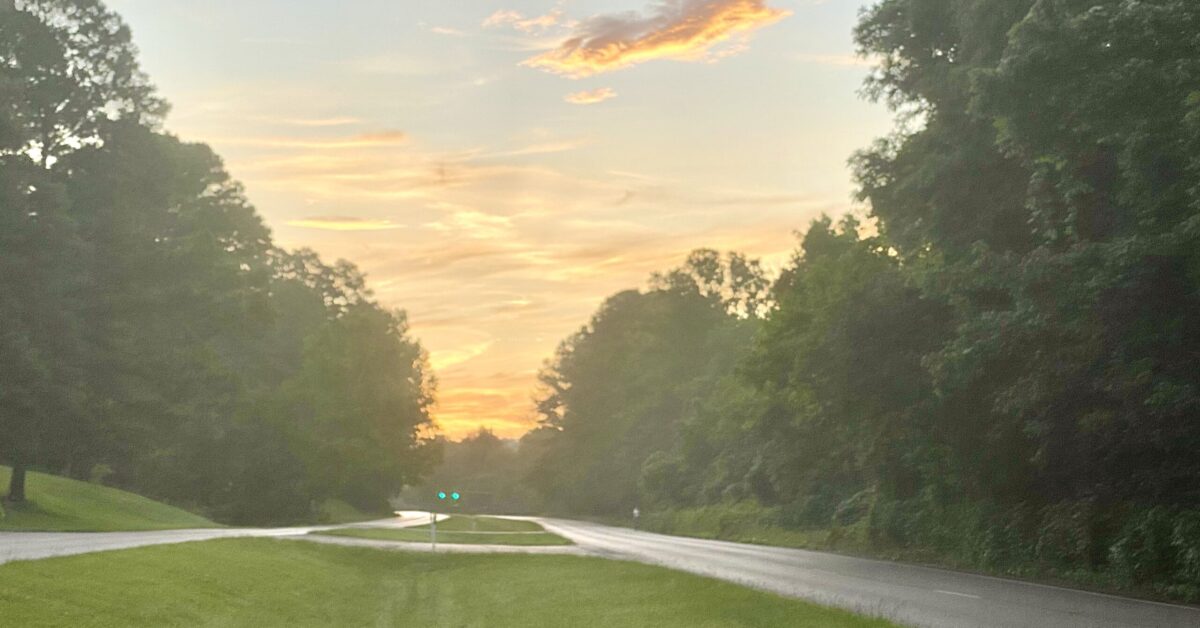Reviewed by: Nathan Watson
Happiness – an unexpected bonus of installing residential solar
Reading time: 3 minutes

Opinion piece written by Dr. James McClintock , Endowed University Professor of Polar and Marine Biology, University of Alabama at Birmingham and Author of Lost Antarctica and A Naturalist goes Fishing
Alabama may very well be the last state in the country to embrace residential solar power.
The reasons are manifold: perceived costs, homeowner association and utility regulations, and the elephant in the room, politics. Yet, the sun shines on, and does so at sufficient frequencies and durations to place Alabama in the top one-third of states in America when it comes to solar radiation.
Mississippi is Ahead of Alabama on Residential Solar
And so, after recently learning that Mississippi was ahead of Alabama in installing residential solar (what happened to ‘Thank God for Mississippi?’), I decided enough was enough, I was going to have solar panels installed on my Vestavia Hills residence.
Even better I would do so while the federal government is offering a 30% reduction in costs of installation and parts via a federal tax adjustment. For example: on a typical home solar installation costing $34,500 you would receive a tax rebate of $10,350. Accordingly, the total cost for your entire system would be $24,150. This is about half the cost of buying a new car or truck these days.
Wise Investment
What did I get for my investment?
First off a really cool app for my iPhone that allows me to see how much electrical power is being generated by each of my sixteen solar panels: eight panels on each of two sides of the rooftop selected to maximize the capture of sunlight.
My solar system is designed to generate about 5 megawatts of power. This level of electricity production was a well-considered choice by my solar installers, as during periods of sun I generate enough, or slightly more than enough, power from my rooftop solar panels to meet all my household electrical needs.
I get a little money back for any excess electrons my system produces and returns to the ‘grid’ (I chose not to install storage batteries), but a 3-cent return per kilowatt hour is nothing to get terribly excited about. Nonetheless, despite the darkness of nights and some daytime cloudy periods, my rooftop solar system is generating on average an impressive fifty to sixty percent of my entire home’s electricity needs.
Moreover, should there be a widespread power outage, I can flip a switch in my garage and my solar system will send electricity, during sunlit periods, to appliances I prioritize. No need for a noisy gasoline or expensive natural gas generator to keep my family food stocks refrigerated or frozen.
The solar panels look great on my roof. No eyesore. My previously reluctant neighbors are considering adding solar to their rooftops.
Win-Win
Solar is a win-win. It allows the production of cheap and dependable energy independent of the variable costs of electricity produced by fossil fuels. And I feel happy every day knowing that a significant portion of the residential energy my family uses is clean energy. What a great way to reduce your carbon footprint and increase the health of the air that we Alabamians breathe.





